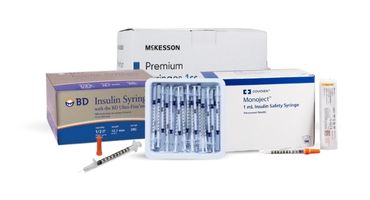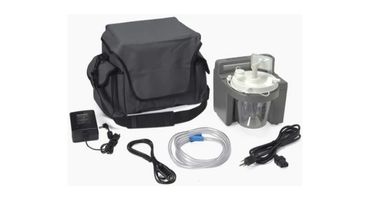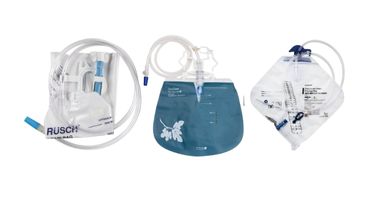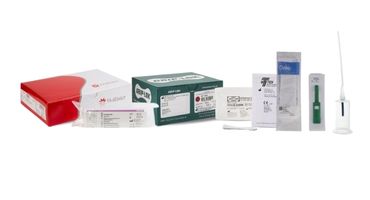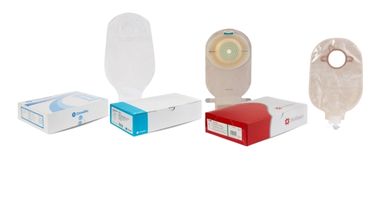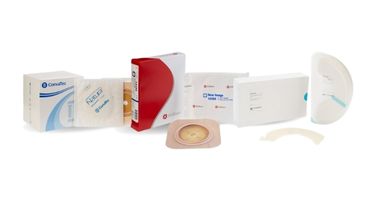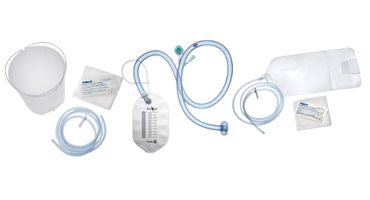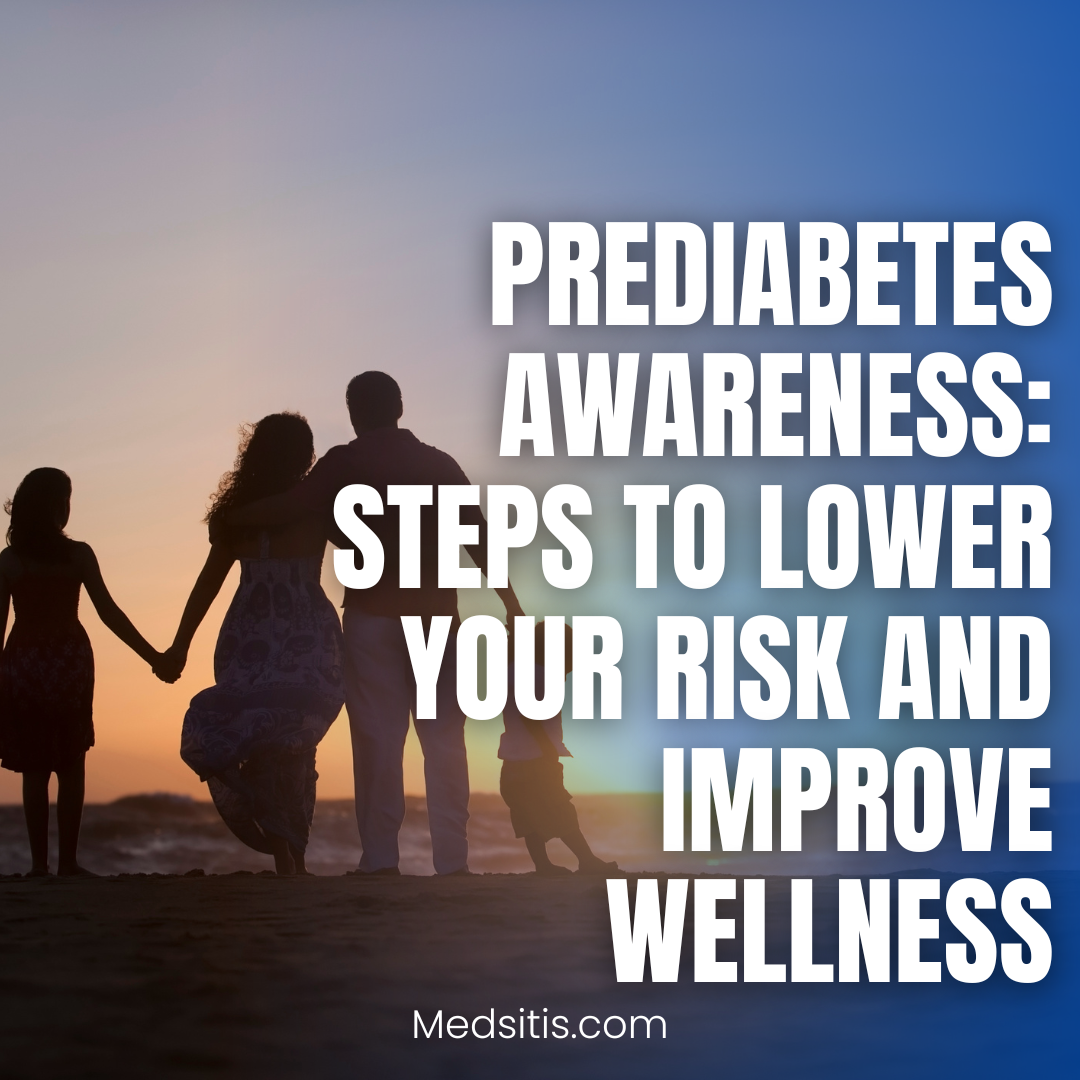Most people with prediabetes don't realize they have it until it turns into type 2 diabetes. Ignoring early signs puts your health at serious risk without you even knowing it. In this blog, you'll learn how to spot warning signals, understand risk factors, and take clear steps to lower your chance of developing diabetes before it's too late.
Understanding Prediabetes

What Is Prediabetes?
Prediabetes occurs when your blood sugar levels are higher than normal but not yet high enough to be diagnosed as type 2 diabetes. It's a warning sign that your body is struggling to process glucose properly. About 96 million American adults - more than 1 in 3 - have prediabetes, yet 80% don't know they have it.
Warning Signs to Watch For
Prediabetes often has no clear symptoms, which explains why it frequently goes undetected. Some people might notice:
-
Darkened skin areas, especially in neck folds, armpits, or groin
-
Increased thirst
-
Frequent urination
-
Unusual fatigue
-
Blurry vision
-
Slow-healing cuts or bruises
If you experience these symptoms, talking to your doctor about blood sugar testing is important.
Risk Factors for Prediabetes
Who Is at Risk?
Several factors can increase your chances of developing prediabetes:
-
Being overweight or obese
-
Being 45 years or older
-
Having a parent or sibling with type 2 diabetes
-
Being physically active less than three times a week
-
Having gestational diabetes during pregnancy
-
Having polycystic ovary syndrome
-
Belonging to certain ethnic groups (African Americans, Hispanic/Latino Americans, American Indians, Pacific Islanders, and some Asian Americans)
The Importance of Early Detection
Getting regular check-ups that include blood sugar testing is crucial if you have risk factors. The American Diabetes Association recommends testing for adults who are overweight and have one or more risk factors.
Prevention Strategies
Lifestyle Changes That Make a Difference
Research shows that making modest lifestyle changes can reduce your risk of prediabetes progressing to type 2 diabetes by up to 58%.
1. Healthy Eating Habits
Focus on:
-
Plenty of fruits and vegetables
-
Whole grains instead of refined carbohydrates
-
Lean proteins
-
Healthy fats like olive oil and avocados
-
Limited added sugars and processed foods
2. Regular Physical Activity
Aim for at least 150 minutes of moderate activity each week. This could be:
-
Brisk walking
-
Swimming
-
Cycling
-
Dancing
-
Gardening
Even small increases in movement throughout your day can help.
3. Weight Management
Losing just 5-7% of your body weight can significantly reduce your risk. For a 200-pound person, that's only 10-14 pounds.
4. Stress Reduction
Chronic stress can affect blood sugar levels. Try:
-
Deep breathing exercises
-
Meditation
-
Yoga
-
Spending time in nature
-
Connecting with friends and family
Medical Support
Working with healthcare professionals is an important part of managing prediabetes:
-
Get regular blood sugar tests
-
Discuss medication options if lifestyle changes aren't enough
-
Consider working with a registered dietitian
-
Join diabetes prevention programs
Taking Action Today
Small Steps for Big Results
You don't need to make dramatic changes all at once. Start with:
-
Replacing sugary drinks with water
-
Taking a 10-minute walk after meals
-
Adding one extra vegetable to your plate each day
-
Getting enough sleep (7-8 hours for most adults)
Building Support Systems
Tell friends and family about your health goals. Having support makes lifestyle changes easier to maintain. Look into community resources like:
-
Group fitness classes
-
Cooking workshops
-
Diabetes prevention programs at local health centers
Remember that prediabetes doesn't have to lead to diabetes. With awareness, early detection, and proactive steps, you can take control of your health and potentially reverse prediabetes before it progresses.
Your future health is worth the effort you put in today. Small, consistent changes add up to significant health benefits over time.
Most people with prediabetes don't realize they have it until it turns into type 2 diabetes. Ignoring early signs puts your health at serious risk without you even knowing it. In this blog, you'll learn how to spot warning signals, understand risk factors, and take clear steps to lower your chance of developing diabetes before it's too late. Take control of your health today – visit Medsitis for expert guidance and personalized support in managing prediabetes effectively.


